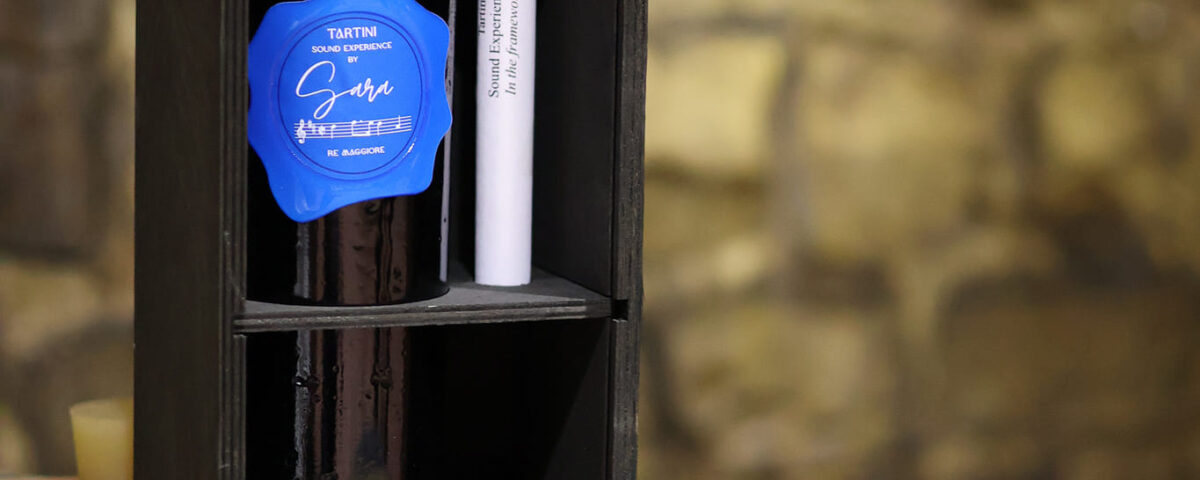Foto: Progetto pilota, Tartini 330: Sound experience by Sara, Refosco Re Maggiore

Foto: Il corso di acquarello – ogni mercoledì
04/12/2024
Inaugurazione della mostra a Muggia
04/12/2024
Per la prima volta in Slovenia possiamo assaggiare il vino il cui odore e sapore sono stati modificati dalla musica. Le Gallerie Costiere di Pirano, insieme alla Vinakoper e con il sostegno del Comune di Pirano abbiamo negli ultimi due anni realizzato un progetto pilota. Riguardo a questo Progetto completato con successo, Mara Ambrožič Verdeber, la direttrice delle gallerie ha rilasciato la seguente dichiarazione: “Immaginane un viaggio nel tempo e nel gusto, quando arte e tradizione si fondono in una serie speciale di vino. Questa è la Tartini Sound Experience di Sara. Sara Pfeifer Milčinović ha combinato nella sua immaginazione scientifica gli effetti del suono sull’attività dei lieviti durante il processo di fermentazione alcolica. Il vino è stato fatto maturare in barrique di rovere, ma questa non era una maturazione normale. Durante tutto il processo è stato esposto ai suoni della musica di Giuseppe Tartini. È stata scelta la sonata Re maggiore, anche per il nome, poiché la varietà Refosco è conosciuta come il re dei rossi”.
Questo progetto ha simbolicamente reso omaggio al 330° anniversario della nascita del virtuoso Giuseppe Tartini, celebrato lo scorso anno. Sul significato del prodotto e di questo tipo di collaborazione hanno parlato il direttore di Vinakoper Borut Fakin, l’autrice del progetto Sara Pfeifer Milčinovič, l’enologo Boštjan Zidar, la direttrice delle Gallerie Costiere di Pirano Mara Ambrožič Verderber e Christian Poletti, il vicesindaco del Comune di Pirano.
Gallerie costiere di Pirano







